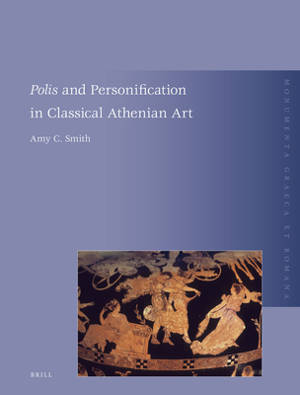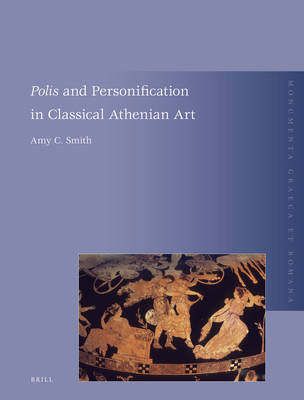
- Afhalen na 1 uur in een winkel met voorraad
- Gratis thuislevering in België vanaf € 30
- Ruim aanbod met 7 miljoen producten
- Afhalen na 1 uur in een winkel met voorraad
- Gratis thuislevering in België vanaf € 30
- Ruim aanbod met 7 miljoen producten
Zoeken
Omschrijving
In this study Dr Smith investigates the use of political personifications in the visual arts of Athens in the Classical period (480-323 BCE). Whether on objects that served primarily private roles (e.g. decorated vases) or public roles (e.g. cult statues and document stelai), these personifications represented aspects of the state of Athens--its people, government, and events--as well as the virtues (e.g. Nemesis, Peitho or Persuasion, and Eirene or Peace) that underpinned it. Athenians used the same figural language to represent other places and their peoples. This is the only study that uses personifications as a lens through which to view the intellectual and political climate of Athens in the Classical period.
Specificaties
Betrokkenen
- Auteur(s):
- Uitgeverij:
Inhoud
- Aantal bladzijden:
- 312
- Taal:
- Engels
- Reeks:
- Reeksnummer:
- nr. 19
Eigenschappen
- Productcode (EAN):
- 9789004194175
- Verschijningsdatum:
- 22/06/2011
- Uitvoering:
- Hardcover
- Formaat:
- Genaaid
- Afmetingen:
- 221 mm x 287 mm
- Gewicht:
- 975 g

Alleen bij Standaard Boekhandel
+ 592 punten op je klantenkaart van Standaard Boekhandel
Beoordelingen
We publiceren alleen reviews die voldoen aan de voorwaarden voor reviews. Bekijk onze voorwaarden voor reviews.








